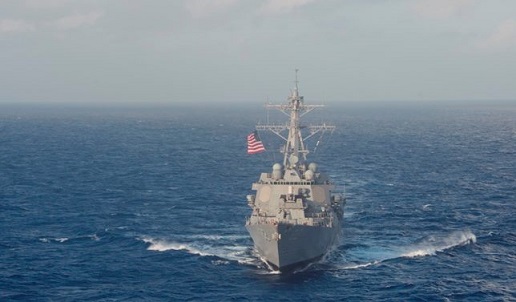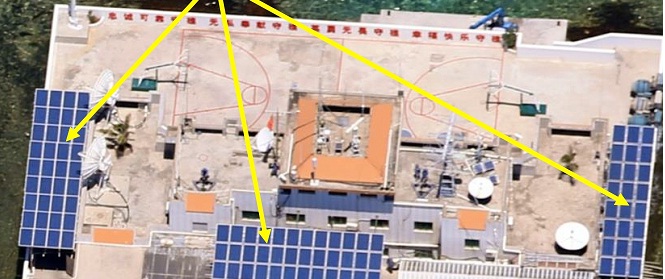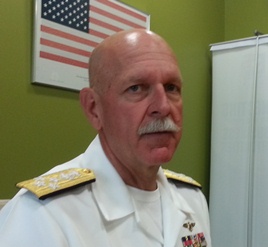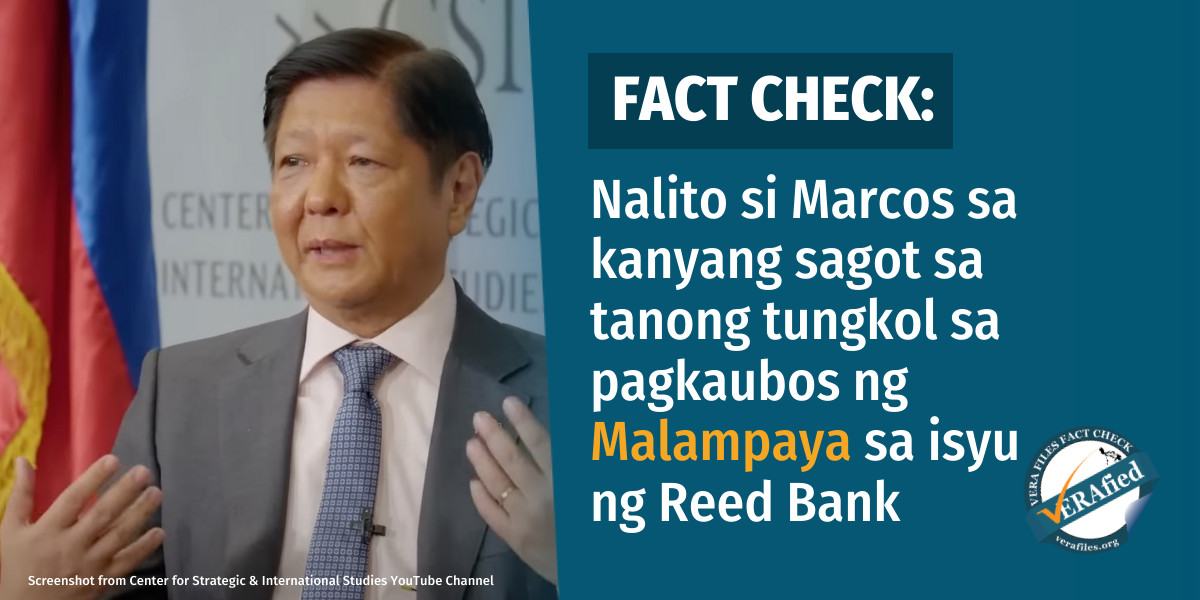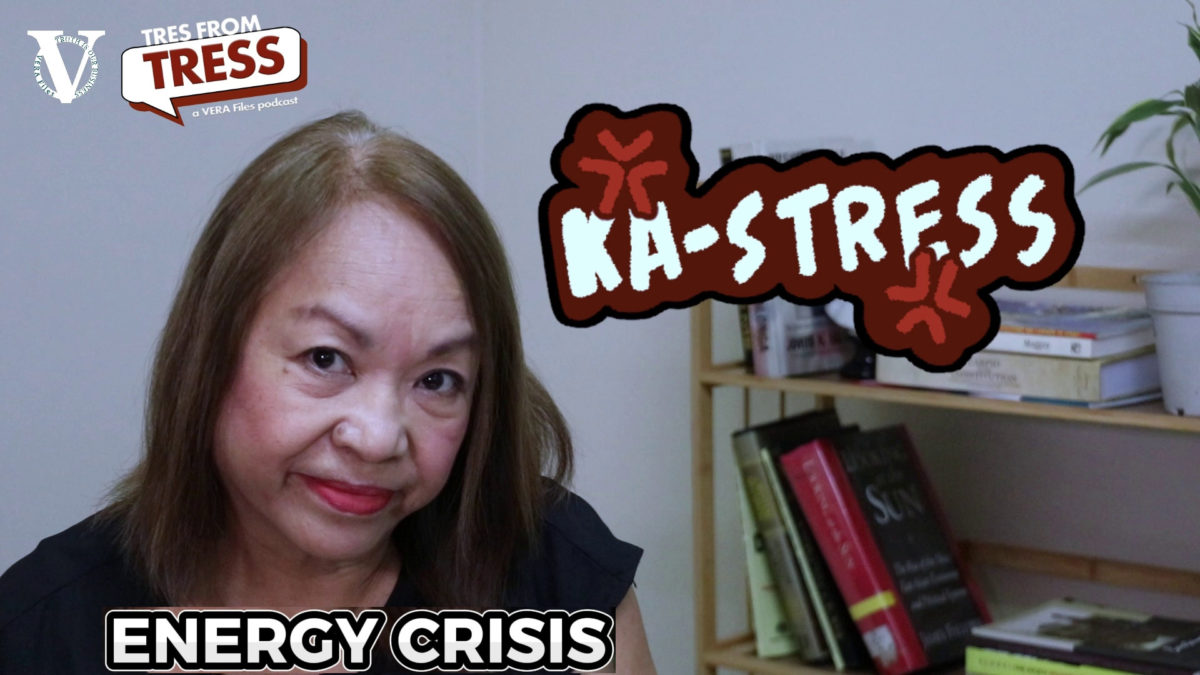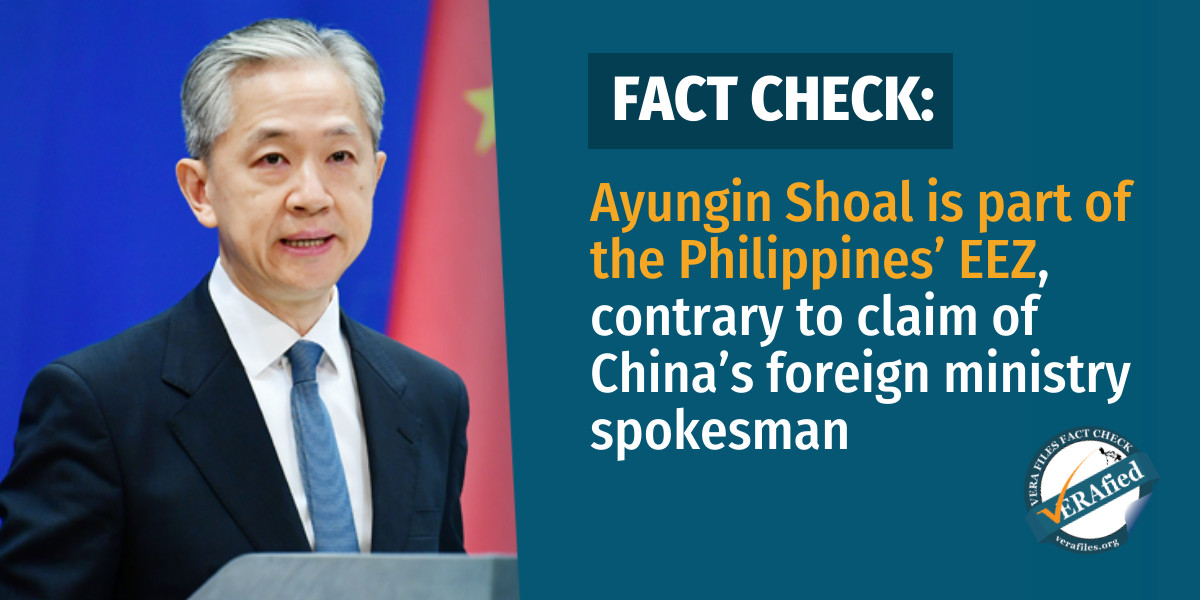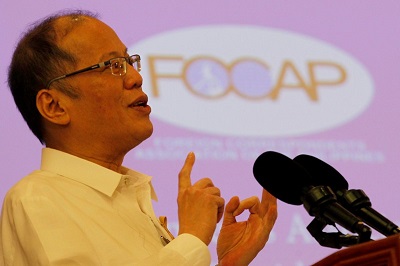
By ELLEN T. TORDESILLAS
In President Aquino’s talk with the Foreign Correspondents Association of the Philippines last Tuesday, about a third of the questions were about the challenge of the United States to China’s claim of sovereignty on the surrounding waters of its artificially-created islands in Spratlys in the South China Sea, which the Philippines also claims.
At the time of the FOCAP Forum, the U.S. guided-missile destroyer USS Lassen was sailing through within 12 nautical mile from Subi Reef’s man-made shores, according to reports by the U.S Navy.
The news reports which was known later, after the forum with the President, also sailed through Mischief Reef, occupied by the Chinese in 1994.
It is significant to note that Mischief Reef and Subi Reef are the nearest to Philippine shores of the eight features in the Spratlys occupied by the Chinese. Subi Reef is 26 kilometers away from Philippine–occupied island Pag-asa.
Yet, at the FOCAP forum, it was obvious Aquino was holding back in his answers, so uncharacteristic of him who had earlier compared China’s expansion in the South China Sea to Nazi Germany gobbling up Europe.
Aquino told the foreign correspondents:”We have voiced our concerns about the buildup of islands or the creation of—buildup of features that somehow resemble islands already at this point in time. We have voiced our concern about the issues that confront the South China Sea in the sense that we have about 40 percent of world trade that has to traverse this particular body of water.
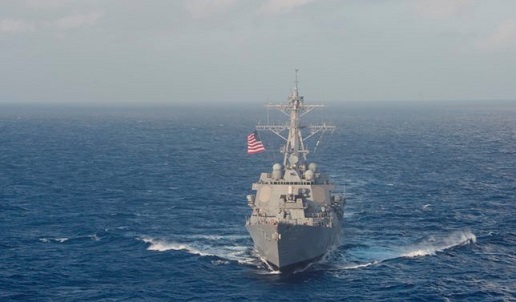
“We have expressed publicly on numerous occasions our concern that any movement through this particular body of water should not be hampered by any entity. And I think we have stated and restated this position and we have actually even gone to as far as arbitration to finally try and resolve these longstanding issues. That, I think, is the support in general—not just to the American transiting of this body of water, but to the general principle that freedom of navigation should not be impeded, especially if we are after our people’s betterment.”
He stuck to that tone when the subject was raised again and again in various forms and angles.
There are two reasons why Aquino was the voice of moderation in a topic that he has in the past been passionate about. One, he does not want to antagonize Chinese President Xi Jinping to make sure that the latter will be in Manila on Nov. 18 and 19 for the Leaders Meeting of the Asia Pacific Economic Cooperation or APEC.
Aquino mentioned this when there was no let up of the questions on U.S. freedom of navigation challenge to China.. He said, “You know, I am welcoming their leader and you put me in a position of criticizing some of their previous actions, which might impinge on our own hosting for economic cooperation.”
In the briefing of Chinese Foreign Ministry Spokesperson Lu Kang, also last Tuesday in Beijing, he was asked if Xi is coming to Manila for APEC. His reply: “The Chinese side has received the letter from President Benigno Aquino III inviting President Xi Jinping to attend the 23rd APEC Economic Leaders’ Meeting. APEC is the most influential forum for economic cooperation and trade in the Asia-Pacific region at the highest level. China was the host of the 22nd APEC Economic Leaders’ Meeting which was held successfully in Beijing and achieved a series of historic outcomes, making prominent contributions to APEC cooperation… It is hoped that this year’s APEC would stick to the principle of focusing on economic cooperation and trade and make new contributions to regional economic cooperation. It is believed that President Xi Jinping will give positive thought to President Aquino’s invitation.”
The other reason is, it could complicate or jeopardize the Philippine case before the United Nations Arbitral Tribunal which was carefully designed not as a territorial conflict issue but questions on maritime entitlements. (Update: PH wins round one in UN Arbitral Tribunal case vs China.)
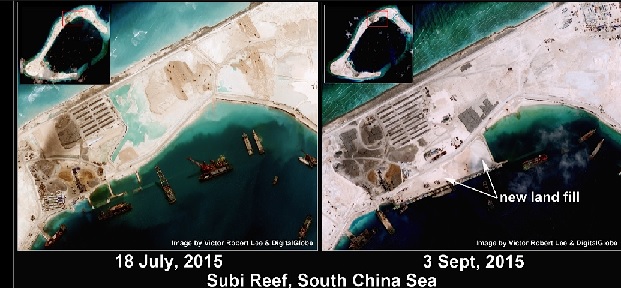
That’s why the Department of Foreign Affairs Oct. 13 statement did not even mention the word “support”. It merely said, “If the U.S. decides to send naval vessels within the 12 nautical mile of the reclaimed low-tide elevation features in affirmation of this objective, this would be consistent with international law and rules-based order of the region. Failure to challenge false claims of sovereignty would undermine this order and lead China to the false conclusion that its claims are accepted as a fait accompli.”
It was Defense Secretary Voltaire Gazmin’s brief comment yesterday that nailed the issue. USS Lassen’s successful sailed within the 12 nautical mile of Subi Reef despite the artificial islands built by China in the disputed area. It “proved there is freedom of navigation there,” he said.
He said, “Well, ang napu-prove lang natin dito, na meron talagang freedom of navigation. Dahil kasi pag ikaw ay nasisita na dati mong nilalayagan,walang freedom of navigation.”
That brings the issue closer to what really matters to the Philippines.
Fishermen in Zambales complain that the presence of Chinese ships in Scarborough shoal also known as Panatag shoal and Bajo de Masinloc has prevented them from doing their livelihood.
Last July, commander of the U.S. Pacific Command, was asked his concept of freedom of navigation would include waters near Scarborough shoal.
His reply: “So if it’s a fisheries issue, access to fishing grounds, that’s really a State Department and Department of Justice (issue). It’s really for the international courts to determine . It has to do with EEZ (Exclusive Economic Zone) management.”
Translation: Wala kaming paki-alam sa problema ng mangingisda nyo.
